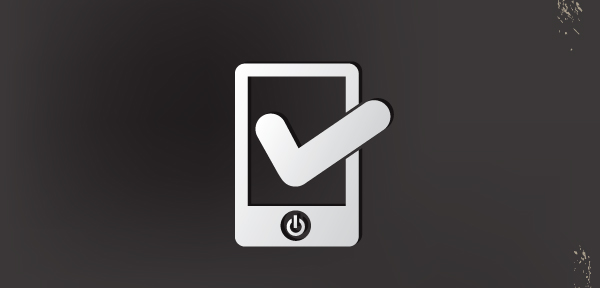
This is the first installment of a four-part series that explores how agencies are adapting to mobile. The series is sponsored by Celtra, the global leader for rich media mobile ad serving and analytics.
When it comes to mobile, it’s difficult to judge which agencies are doing it well.
Some clients say it’s best to tap smaller shops for their creativity and agility, as opposed to working with the big boys. Others, like Walmart, are pushing agencies away completely and taking their mobile work in-house instead.
Digiday reached out to brand and agency execs to get a sense of which agencies really “get it” when it comes to mobile. These are the shops that came up repeatedly as strong performers.
DDB
When it comes to mobile, DDB’s international offices have been causing a stir. In January its Australia office created an app for McDonald’s Australia called TrackMyMacca, for example. The idea was to show consumers where their food had come from by highlighting its supply chain, and the fact that much of its foods and packaging needs are met domestically. Meanwhile its Barcelona office put out a novel utility-based app for Audi earlier this year, for example, which boosts the performance of users’ smartphones by shutting off apps that aren’t being used. It was designed to reinforce Audi’s “start-stop” technology. “They’re doing the utility piece well,” said one rival agency exec. “That’s really the key when it comes to mobile apps.”
R/GA
Earlier this year New York-based R/GA created Donate a Photo for Johnson & Johnson, a mobile app that encouraged users to share branded photos across their social networks. For every photo shared, the brand donated a dollar to the charity of that user’s choice. It also helped develop the Nike+ Fuelband and its related mobile extensions, regularly hailed by the industry as an example of agencies’ ability to create products, as opposed to just marketing. R/GA claims its mobile practice alone generated $40 million in revenue last year. In December it opened an office in Austin, Texas, to house its growing mobile capabilities.
AKQA
Its work for clients including Heineken, Nike, Delta and others has given AKQA a reputation for knowing how to make a splash in mobile. Multiple agency execs from competing shops pointed to the Star Player app it created for Heineken as an example of mobile done right. The app allowed users to essentially play along with live soccer games by predicting what would happen next, in real-time. The agency also attracted praise for the “Under The Thumb” social TV app it created for MTV last year.
Razorfish
Razorfish was cited by many for its technology chops, if not its creativity. “Brilliant technically,” said one brand exec. “They get the strategy part more than some other big digital shops,” said another. Recent efforts includes work for retailer Uniqlo, and cereal brand Special K. According to Forrester, its services don’t come cheap, though. A report it issued last year said its clients charge more than other agencies offering similar services.
More in Marketing

The Disney-OpenAI deal and generative AI copyright concerns
This week’s Digiday Podcast delves into the copyright concerns and potential trademark issues surrounding brands’ use of generative AI tools, with Davis Wright Tremaine partner Rob Driscoll.

‘There’s tremendous opportunity’: NBA sponsorships lead on European expansion
David Brody, vp, global partner management group lead at the NBA, explains its pitch to sponsor brands and how expansion isn’t far off.

New partnerships, marketing fuel BNPL’s holiday surge
This holiday season, more brands deployed BNPL services with different payment options beyond the more familiar “pay-in-four” structure.





